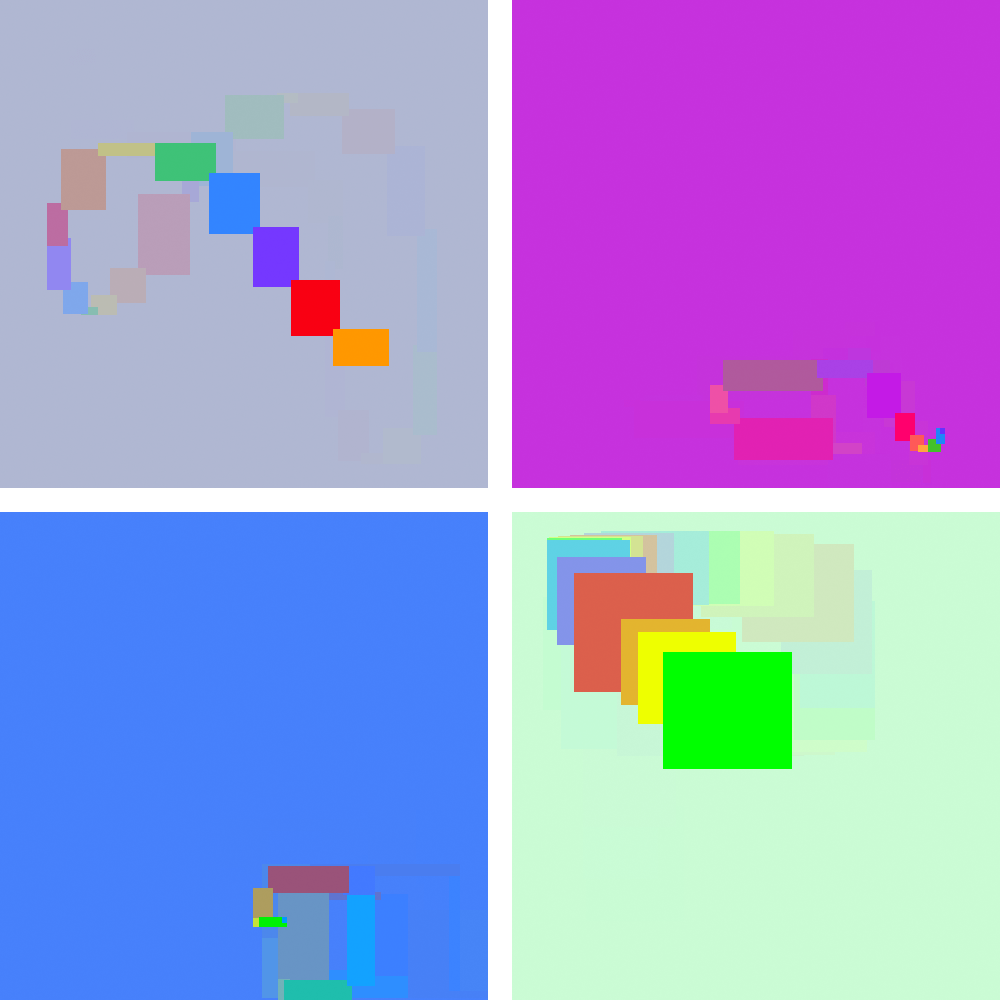

Accumulating evidence also indicates organized visual pathways 23, 27, 28, 29, 30 and processing streams 31, 32, 33, 34, 35, 36, 37. As in primates, these areas are directly implicated in perception and behavior 24, 25, 26.

Mouse cortical neurons display many of the visual tuning properties observed in cats and primates, including orientation selectivity, tuning for spatial and temporal frequency, motion speed selectivity, and selectivity for stimulus size 22, 23. In mice, over ten visual cortical areas have been identified, each forming a distinct visual field representation and distinct long-range connectivity 19, 20, 21. However, there is considerable overlap between these representations 18, suggesting a more elaborate organization of visual information in the cortex.

Forming specific connectivity with the magnocellular and parvocellular pathways, the dorsal and ventral streams integrate visual information of distinct spatiotemporal scales and distinct spatial features 16, 17. Involved in scene analysis, neurons of the ventral stream show a variety of spatial tuning properties (color, curvature, etc.) encoding object identity 13, 14, 15. Involved in motion processing, neurons of the dorsal stream have specific motion tuning properties encoding the location and movement of objects (e.g., pattern motion, direction, and speed selectivity) 10, 11, 12. In primates, dorsal and ventral cortical areas form two broad information streams, which encode specific information and make specific contributions to behavior 7, 8, 9. While neurons in the primary visual cortex (V1) are tuned to basic visual features 2, 3 (e.g., the orientation of a bar), neurons in higher visual areas (HVAs) are tuned to more complex properties (e.g., pattern motion, the curvature of an object) 4, 5, 6. At the center of this network are visual cortical areas, which integrate specific visual information from cortical and thalamic pathways 1 to generate visual tuning properties (i.e., selectivity for particular visual features) of increasing complexity. Visual and sensorimotor processing in mammals depends on a vast sensory cortical processing network whose neurons encode specific aspects of the visual world to enable specific abilities and behavioral goals. The data underscore the highly specific and highly distributed nature of visual cortical representations, which drives specialization of cortical areas and streams. The identified tuning types are present across dorsal and ventral streams. At the cellular level, while diverse spatiotemporal tuning lies along a continuum, oriented and non-oriented spatial patterns are encoded by distinct tuning types. While dorsal and ventral areas form complementary representations of spatiotemporal frequency, motion speed, and spatial patterns, the anterior and posterior dorsal areas show distinct specializations for fast and slow oriented contrasts. By determining the spatial and temporal responses of >30,000 layer 2/3 pyramidal neurons, we characterize the functional organization of parallel visual streams across eight areas of the mouse cortex.

However, the extent to which representations are distributed or segregated across cortical areas remains poorly understood. The cerebral cortex contains diverse neural representations of the visual scene, each enabling distinct visual and spatial abilities.


 0 kommentar(er)
0 kommentar(er)
